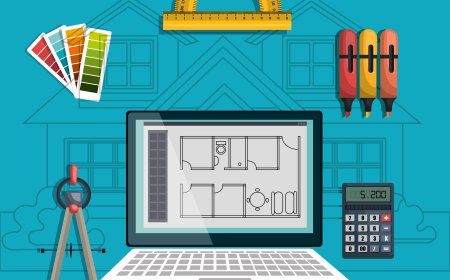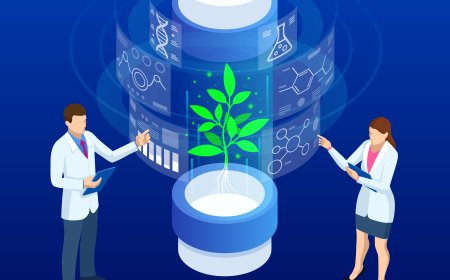- Understand how to calculate airflow requirements based on building size and heating/cooling demands.
- Learn how to design ducts, including sizing, material selection, and vent placement.
- Practice optimizing airflow distribution to ensure system efficiency.
- Develop skills to troubleshoot airflow issues and optimize system performance.
- Receive feedback on compliance with HVAC design standards and guidelines.
imaginX is used by many amazing schools and universities
University / College

























